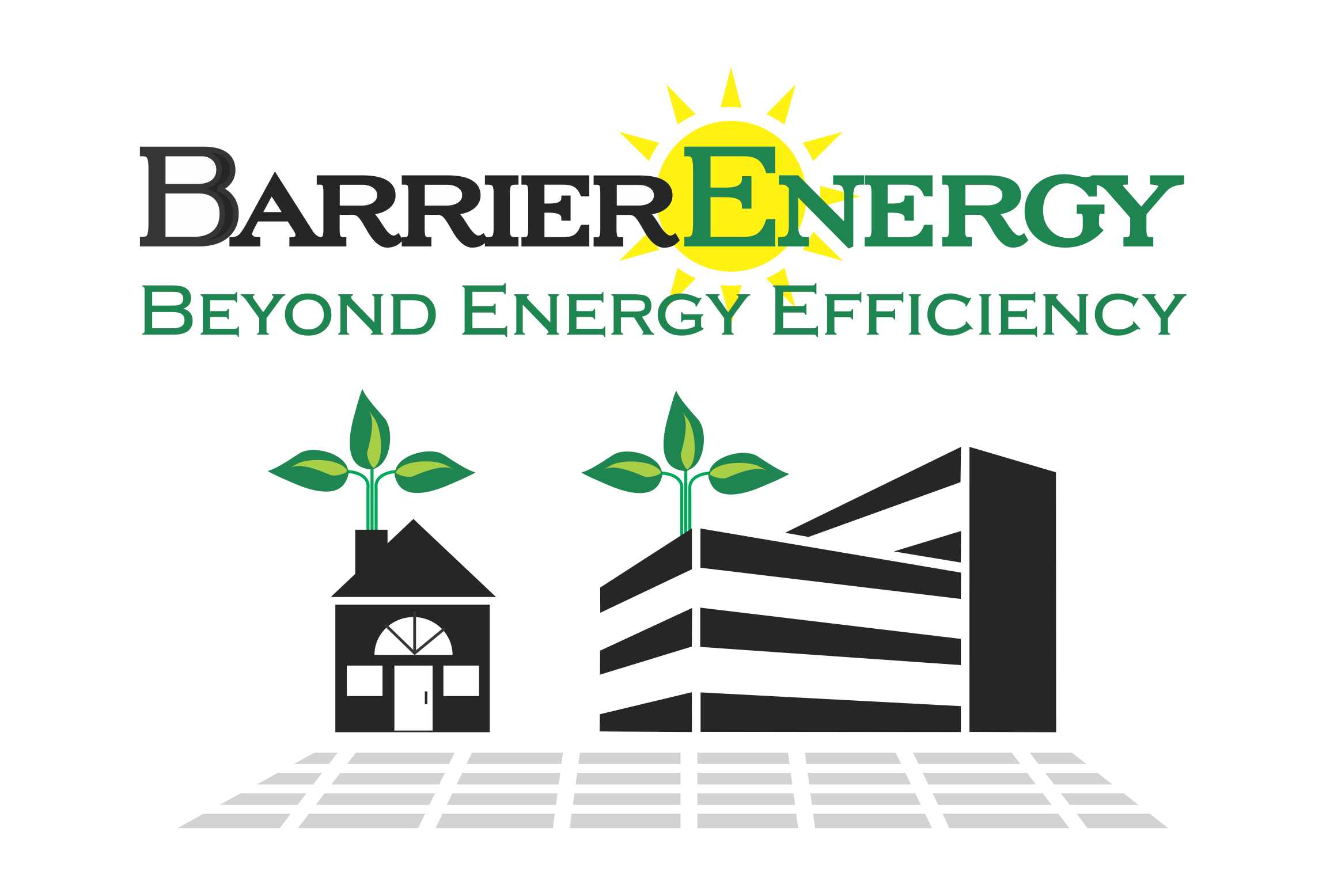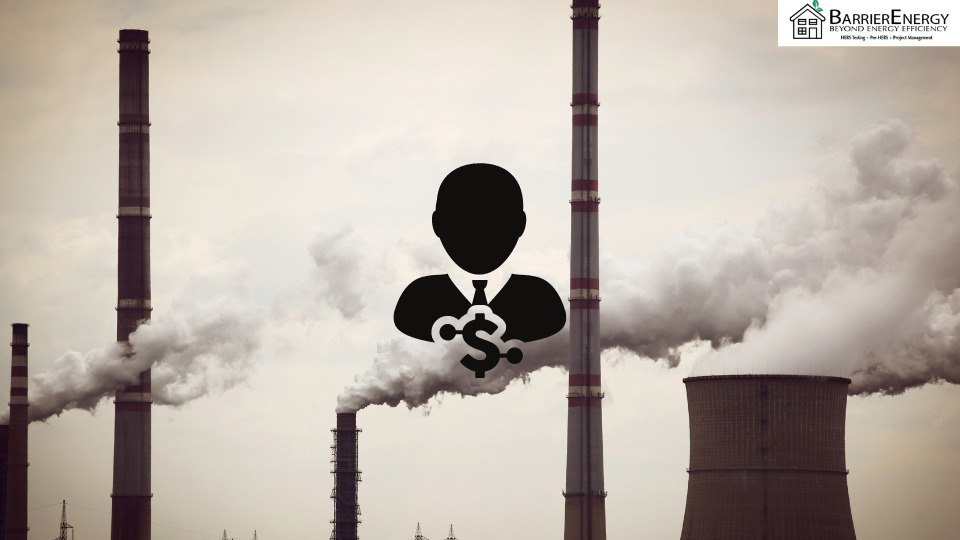Defining Energy Inequity:
California is pioneering the way to solve energy inequity through investing in efficiency amongst disadvantaged communities. What does energy inequity mean, exactly? When people hear “energy inequity”, most typically think of unequal access to energy. Yes, that’s a big part of it. People in lower-income communities are typically stuck in a cycle they cannot get out of. Because many are working paycheck to paycheck, they cannot afford to make improvements to their homes to get their energy needs met. Basic weatherization upgrades, such as insulation, go a long way.
Governor Gavin Newsom states the other half of the issue quite eloquently. “We must map out longer-term strategies … for California’s energy future, to ensure that the cost of climate change doesn’t fall on those least able to afford it,” he said during his address to the State on February 12, 2019. Unrestrained greed has two consequences. Firstly, the rich get richer as the poor get poorer. Human nature has proven we will give as little as possible to those performing the work. Plus, the more power the rich acquire, the more they bend the rules in their favor. Secondly, the environment is destroyed in the process. All the factories, all the trash, and air pollution are their doing. Of course, those who made the money have the best ability to escape the consequences of pollution.
Assessing Progress
California’s strategy is to use energy efficiency to solve inequality in an affordable manner. Concurrently, efficiency is preventing harm to the environment. The California Energy Commission published an Energy Policy Report on the matter to highlight their progress, results, and goals. Surely, they received support from other organizations such as the California Public Utilities Commission, California Air Resources Board, and Department of Community Services and Development. In Senate Bill 350, they outline a requirement to focus on energy equity. Their core objectives are to invest in clean energy, reduce GHGs, support public infrastructure, and increase opportunities in low-income communities.
Now, two years after the Governor’s Address, we can assess the State’s progress. For starters, assistance programs have been implemented to incentivize energy upgrades through tax credits and special loans. Public transportation has also received a lot of funding to begin switching over to electric/hybrid buses. Clean Mobility Options Voucher Pilot offers to fund ride-sharing. In a newer program, Community Solar Green Tariff, low-income energy consumers benefit from nearby solar panel projects. They pay a small, fixed tariff on their bill and, overall, receive an average of twenty percent of their bills. Effectively, the consumers and the suppliers split the incentive.
Furthermore, they’ve created new funding programs to help single-family and multi-family residents install solar panels. The CEC even formed a Solar Consumer Task Force. It protects customers who were harmed by predatory solar companies while preventing predatory loans. Small businesses haven’t been forgotten, either. Go-Biz funds low-cost or free consultations and training to under-represented groups. Truly, our humanity isn’t lost. Those most in need, our women, racial minorities, veterans, and disaster-affected, are not forgotten.
Advancing Energy Equity
Still, California has a long way to go. In their detailed report, they define some emerging issues. One, they fear the qualifications to access these programs may be too strict. Some key proponents stated CalEviroScreen’s definition of a “disadvantaged community” might unintentionally exclude rural and tribal communities. For example, the application asks for at least a year of electric bills. Well, many rural and tribal communities have never had electricity. Another issue is a lack of energy storage. Now that energy production is somewhat under control, it’s time for them to develop storage methods. Currently, diesel generators are being used in emergency situations. Ironically, this is contradicting their green energy goals. You can’t solve a problem by using the same thing that caused the problem. Likewise, it’s the fossil fuel grid that causes shut-offs in the first place.
So, while California has made significant progress in overcoming income obstacles to energy efficiency, there is more to develop. There will need to be more pilot programs implemented, that provide dedicated staff to execute community outreach. These models provide hard data to study and report. Looking ahead, the State continues to develop a method of prioritization. It’s amazing what they accomplish by looking past the bottom line. California is proving it’s possible to make smart business investments without being cut-throat. Everyone can and should have access to clean energy. Evolution occurs most effectively when we all work together. Free and low-cost energy efficiency assistance is one major way California has addressed energy inequity in California.
Kravitz, R. (2020). Adopted 2019 Integrated Energy Policy Report: Commission Report (232922). California Energy Commission. https://www.energy.ca.gov/data-reports/reports/integrated-energy-policy-report/2019-integrated-energy-policy-report/2019-iepr


Recent Comments